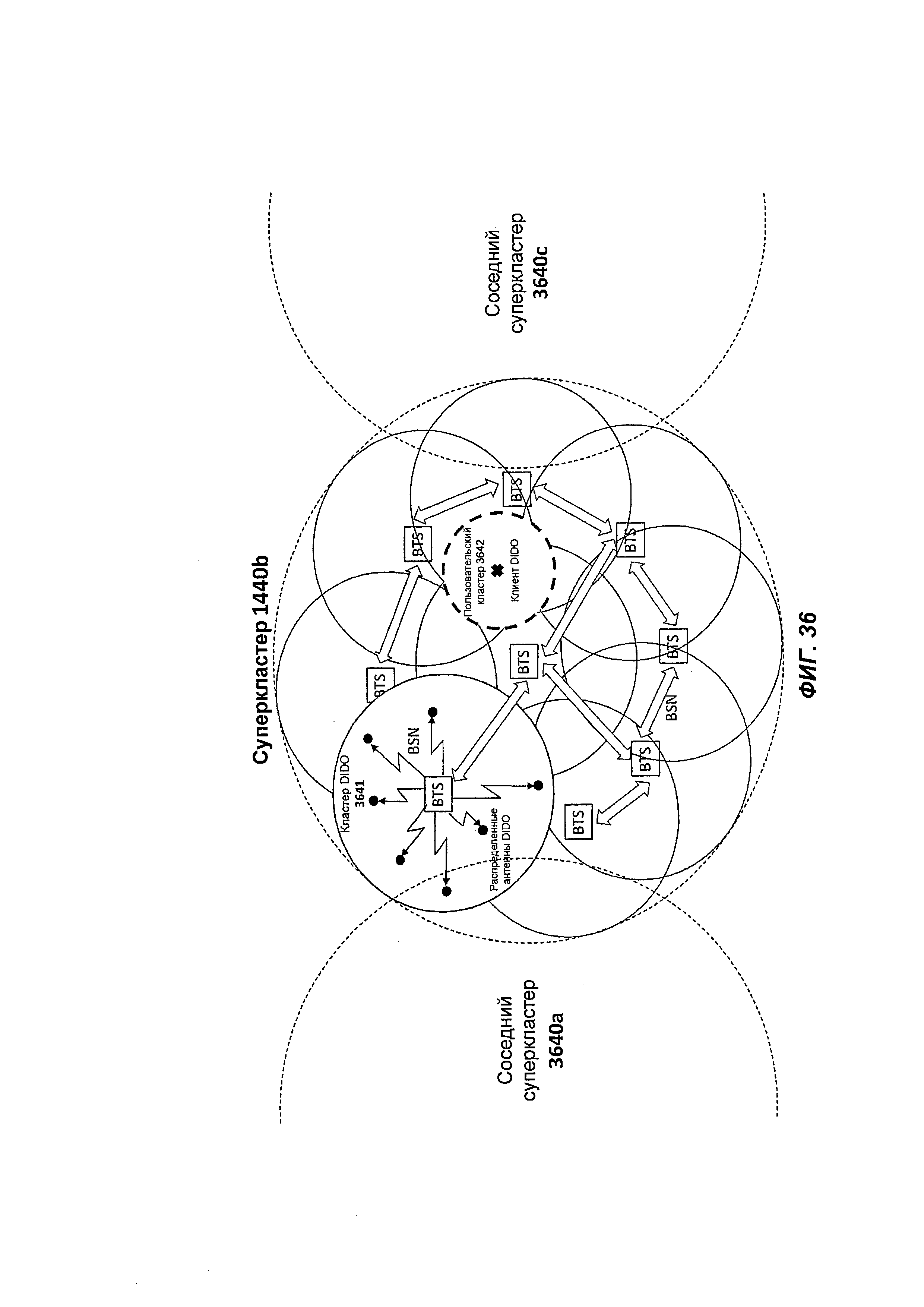
LSCM - Low Speed Collision Avoidance
Low Speed Collision Avoidance is an innovative active safety system capable of detecting obstacles in front of the vehicle and automatically braking when the driver does not intervene to avoid them. Depending on certain parameters (road condition, vehicle dynamics and trajectory, obstacle scenario and tire condition), LSCM intervention may completely avoid a collision (“Collision Avoidance”) or reduce its consequences (“Collision Avoidance”).
The upgraded device of the new Panda offers two additional functions: automatic emergency braking (AEB) and pre-refueling. The first, respecting the will of the driver and giving him full control over the car, includes emergency braking after a careful assessment of the position and speed of obstacles, vehicle speed (less than 30 km / h). ., lateral acceleration, steering angle and pressure on the accelerator pedal and its change. On the other hand, the "Prefill" function pre-charges the braking system in order to provide quicker response both when the automatic emergency braking is applied and in the event of braking by the driver.
In particular, the system consists of a laser sensor installed in the windshield, a user interface and a control unit that "conducts a dialogue" with the ESC (Electronic Stability Control) system.
Based on the same principle as those used in astronomy to measure the distance between satellites, the laser sensor detects the presence of obstacles in front of the vehicle when certain alignment conditions exist: the overlap between the vehicle and the obstacle must be more than 40% the width of the vehicle at the collision angle no more than 30 °.
The LSCM control unit can activate automatic braking upon request from the laser sensor, and can also request a torque reduction in the engine control unit if the throttle has not been released. Finally, the control unit holds the vehicle in braking mode for 2 seconds after stopping so that the driver can safely return to normal driving.
The purpose of the LSCM system is to guarantee maximum safety in all conditions of use, therefore, under certain conditions (seat belts not fastened, temperature ≤3 ° C, reverse), different activation logics are activated.